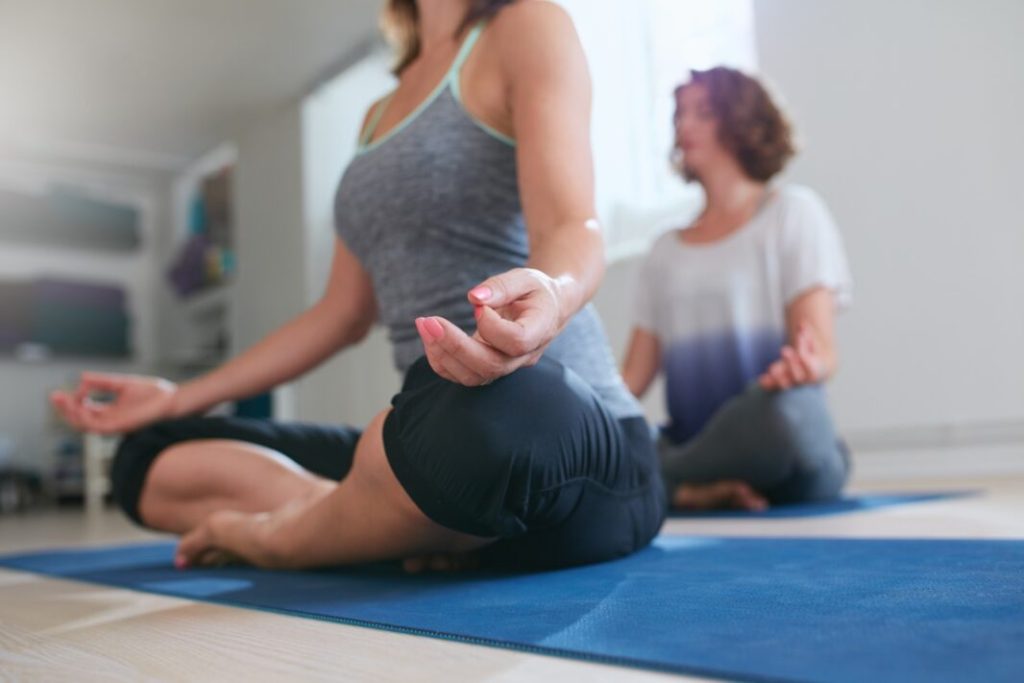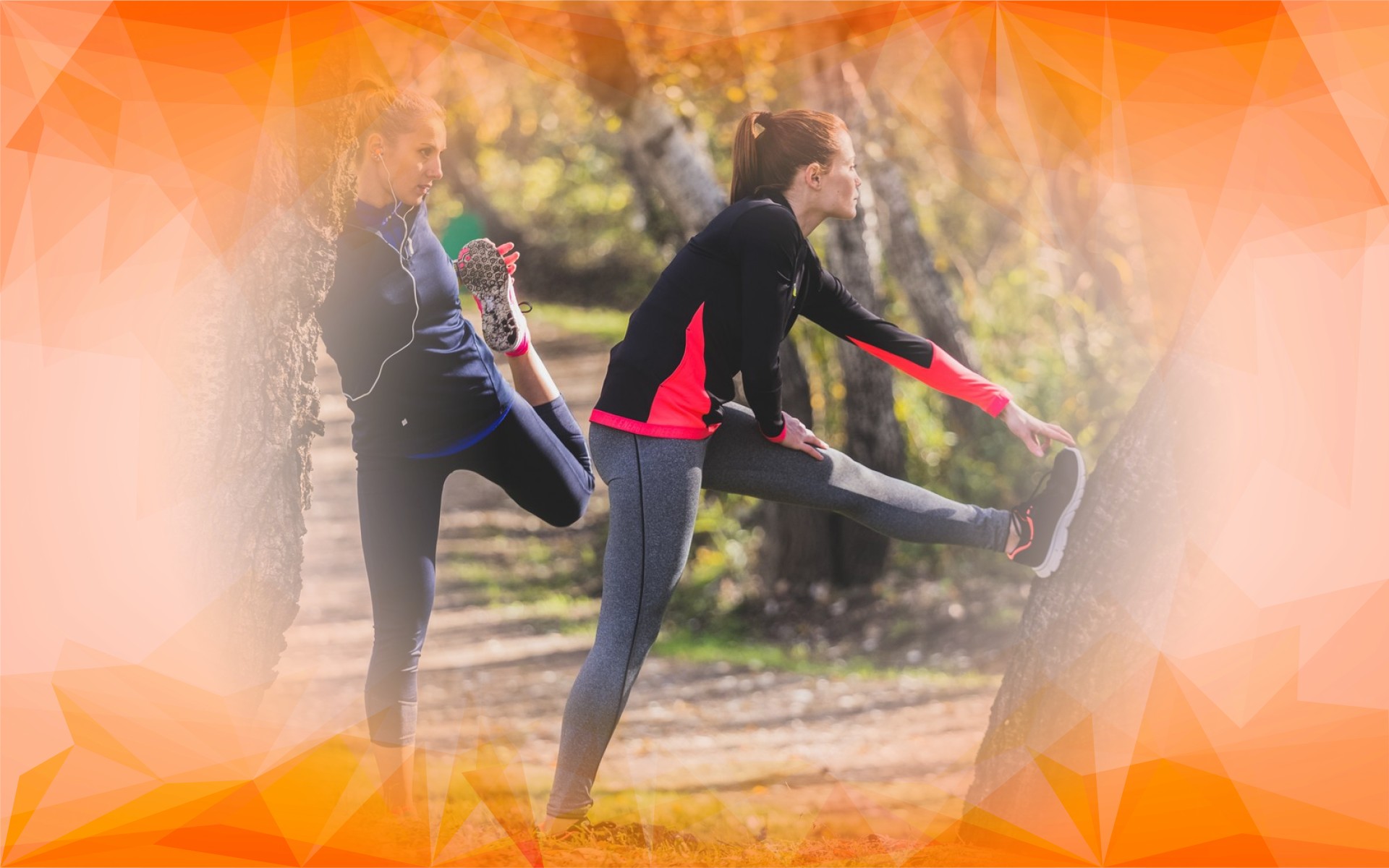Introduction: My Battle with Knee Osteoarthritis
For years, knee osteoarthritis cast a long shadow over my life. Even simple tasks like climbing stairs, taking a short walk, or standing up became painful challenges. The constant stiffness and discomfort made me wonder if I’d ever move freely again. I grew frustrated and often questioned whether surgery was my only solution. In this post, I’m excited to share how I managed my knee osteoarthritis using self-care methods supported by solid scientific research. This is both my personal journey and a practical guide for anyone hoping to reduce pain and regain mobility—without invasive treatments.
Recognizing the Problem and Seeking Answers
At first, it was just a mild ache in my knees. But gradually, the pain became persistent and began to limit my everyday life. Activities I once enjoyed became difficult, and emotionally, I felt trapped in a body that just wouldn’t cooperate. After consulting with healthcare professionals about different treatment options, I decided to try a self-directed, non-surgical approach that I could manage day to day. I was determined to take back control and find real relief.
Building an Evidence-Based Self-Care Plan
I decided to rely strictly on methods proven by clinical research to confront my knee osteoarthritis . My plan included targeted exercises to strengthen the muscles around my knees , heat therapy, aquatic workouts, and meaningful lifestyle changes. Every step was shaped by scientific evidence and by listening attentively to my body. Research makes it clear: the main goals in treating osteoarthritis are pain relief, improved joint function, and greater joint stability. Here’s how I put this into action:
Strengthening Exercises: Building a Strong Foundation
The cornerstone of my plan was strengthening the muscles that support my knees . My routine included simple exercises like straight leg raises, mini squats, and step-ups three to four times each week. I started gently and increased repetitions as my strength improved, always stopping if I felt pain. This gradual approach helped me regain muscle support and improve joint stability without causing further harm. Studies consistently show that targeted exercise is one of the most effective ways to reduce pain and improve function for people with osteoarthritis . In short, strong muscles provide better support to arthritic joints and help preserve mobility.
Heat Therapy and Water Workouts: Soothing Stiffness and Easing Movement
Alongside exercise, I used heat therapy to relieve stiffness and make movement easier. A warm compress or heating pad before workouts helped relax my muscles and prepared my joints for activity. The real game-changer for me was aquatic exercise. Working out in the pool reduced stress on my knees, letting me move more comfortably and freely. Research backs this up—both heat therapy and water-based exercise can significantly reduce pain and improve mobility. I always avoided any activities that worsened my symptoms, making sure to listen to my body’s signals and progress at my own pace.
Lifestyle Changes: Supporting Healing Every Day
My self-care didn’t stop with just exercise and therapy. I improved my diet, focusing on anti- inflammatory foods , and worked to manage my weight to take pressure off my knees. Low-impact activities, such as walking and cycling, became regular parts of my routine to help me stay active without overloading my joints. I set up a balanced weekly schedule that mixed exercise, rest, and other therapies, adjusting things as I went. Importantly, I avoided high-risk movements like deep squats or jumping, which could make knee pain worse. This holistic approach played a crucial role in my progress.
How Research Guided My Journey
Throughout my recovery, I let scientific studies guide every decision I made. The evidence is clear: conservative treatments—like exercise, heat therapy , and lifestyle changes—can significantly reduce knee pain and improve function. Medical guidelines also warn that while certain medications provide modest relief, they can come with significant risks and side effects. Clinical research underscores the value of building muscle strength and staying active as essential steps to living better with osteoarthritis . Trusting this science-based approach gave me the confidence and motivation to keep going, even on tough days.
Facing Challenges and Learning to Adapt
The process wasn’t always easy. Sometimes my knees would flare up, and I’d realize I was pushing myself too hard. When that happened, I scaled back, reflected on what the research says, and adjusted my routine as needed. This experience taught me the importance of patience and really listening to my body. Managing osteoarthritis isn’t about strict rules—it’s about finding what works for you and being flexible enough to make changes along the way.
The Breakthrough: Regaining Freedom of Movement
After several weeks of consistent effort, I started to feel the difference. The pain subsided, my knees felt stronger, and I could navigate stairs without fear. Activities I had avoided for months were suddenly possible again. By combining strengthening exercises , heat therapy, aquatic workouts, and lifestyle changes, I experienced a real improvement in my quality of life. My journey is proof that, with the right approach, it’s possible to gain significant relief—even from a condition many consider hopelessly chronic.
Conclusion: Hope and Practical Steps Forward
Dealing with knee osteoarthritis taught me that evidence-based self-care can reshape your life. Through targeted exercises, soothing heat therapy , water-based workouts, and sensible lifestyle changes, I was able to end my pain and reclaim my independence. If you’re struggling with similar challenges, know that there are proven, practical strategies to help you feel better and move with confidence. Just be sure to consult your healthcare provider before beginning any new treatment plan, to ensure it’s safe for your specific situation. With patience, persistence, and a personalized approach, a future free from debilitating knee pain is absolutely possible.
References
Ahmed, H. S., & Abd Al-Ghafoor, S. A. (2022). Knee osteoarthritis. International Journal of Health Sciences, 12252-12263. https://doi.org/10.53730/ijhs.v6ns3.8974
Jain, S., & Bisht, H. (2022). Simple sugar solution injection to cure knee osteoarthritis (OA). Journal of Biomedical and Pharmaceutical Research, 11(5), 01-04. https://doi.org/10.32553/jbpr.v11i5.916
Selfe, T., & Taylor, A. G. (2008). Acupuncture and osteoarthritis of the knee. Family & Community Health, 31(3), 247-254. https://doi.org/10.1097/01.fch.0000324482.78577.0f




